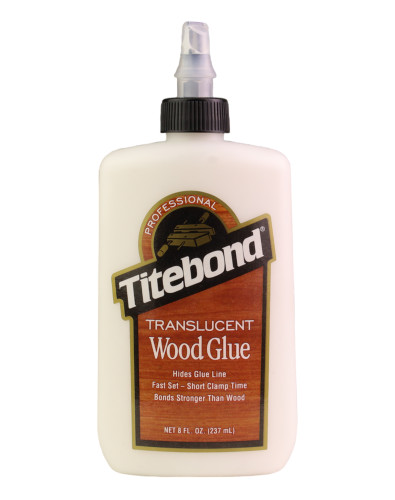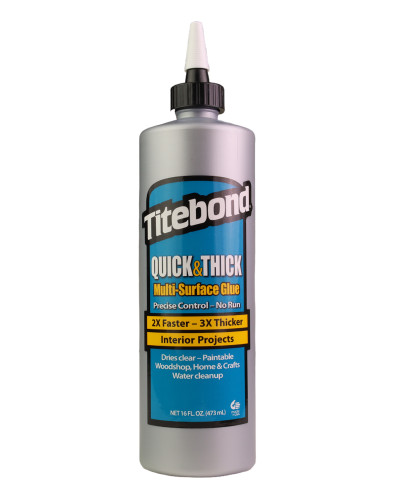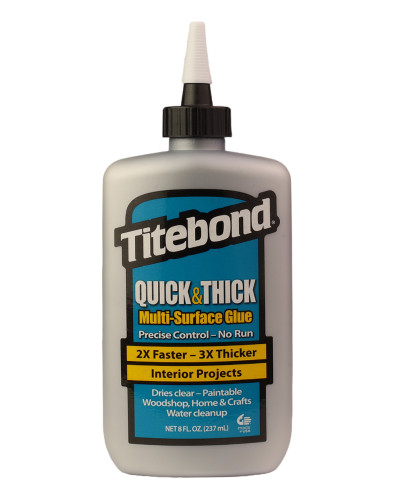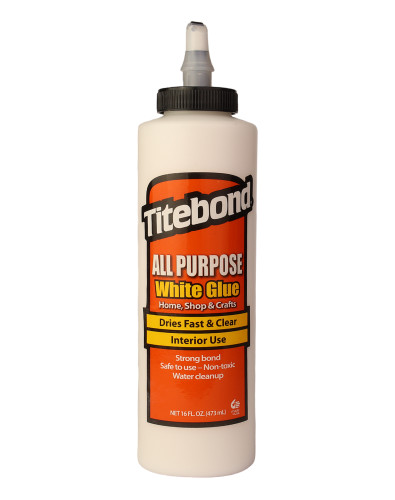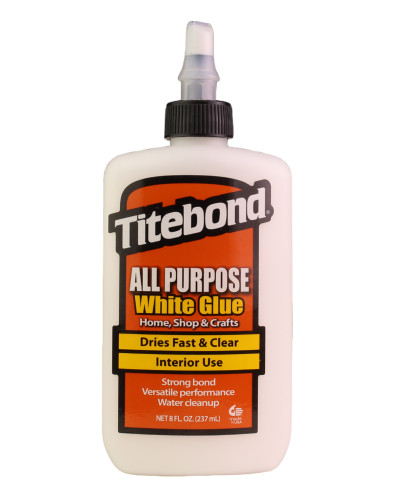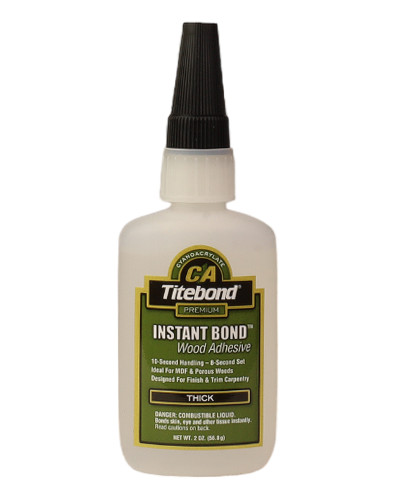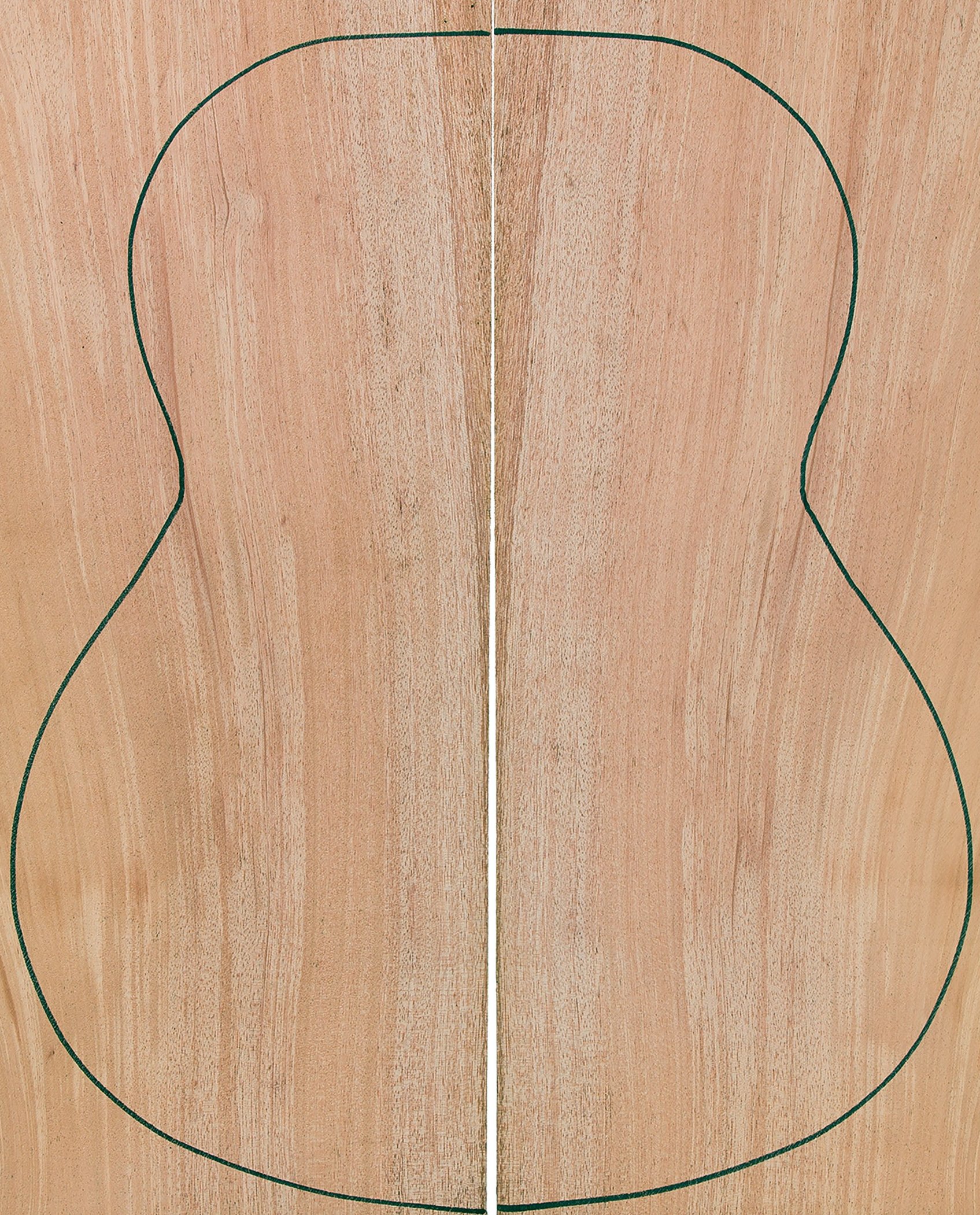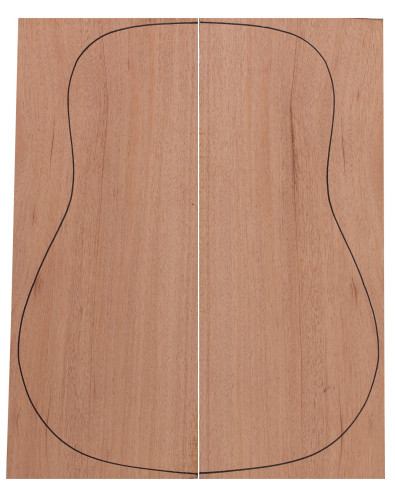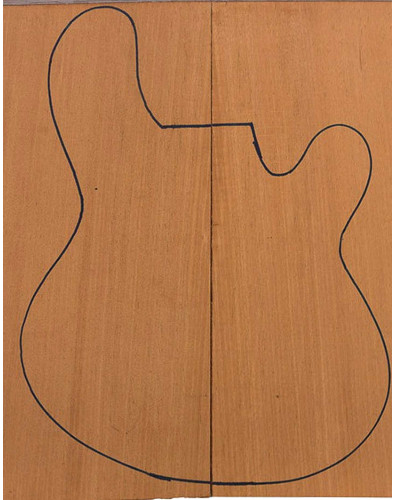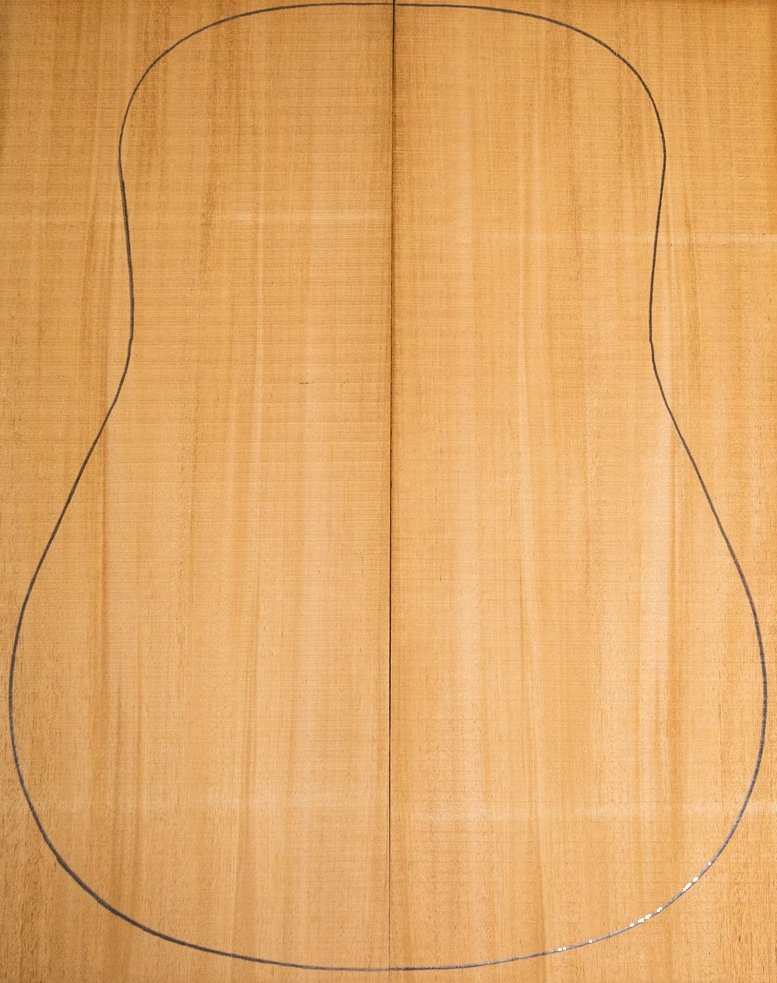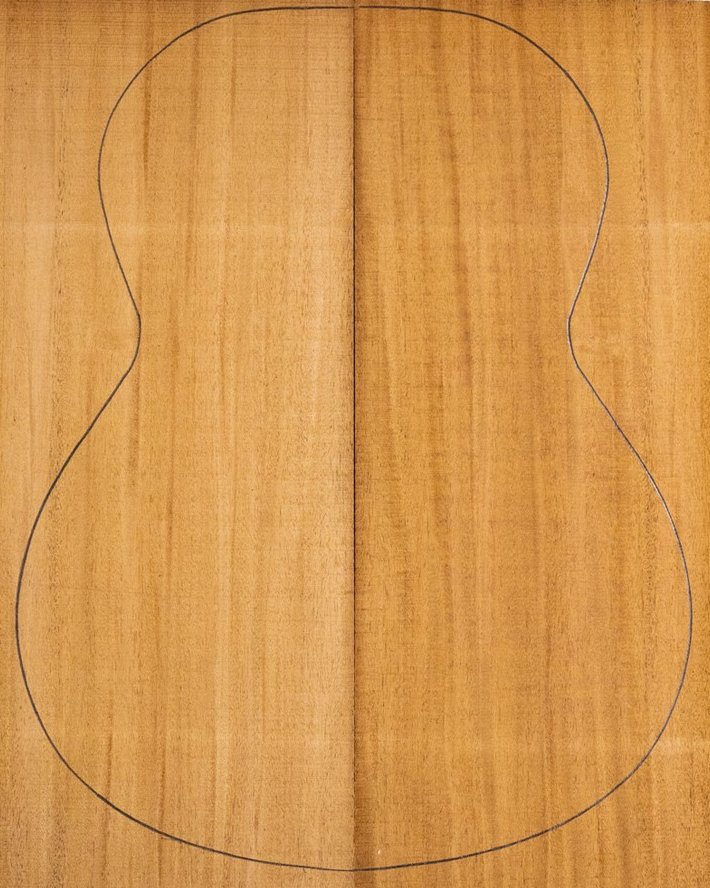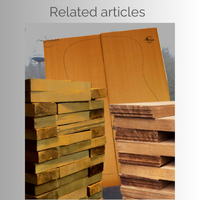- News
- 15 likes
- 979 views
- 0 comments
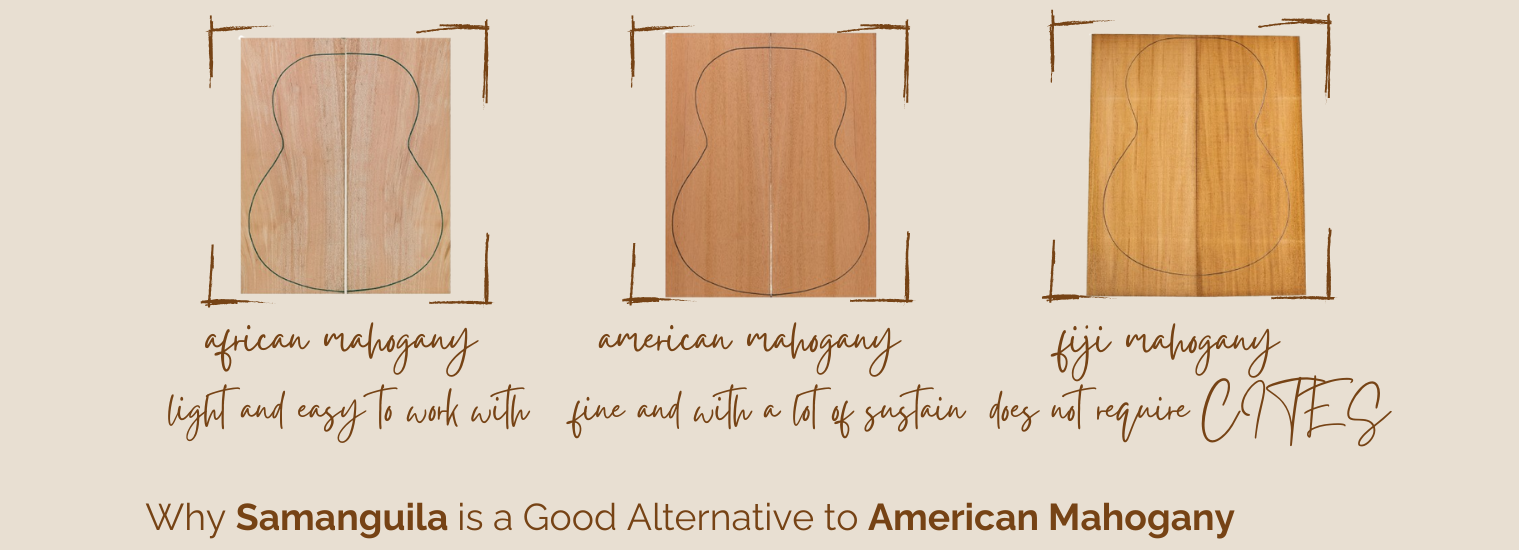
Samanguila: the natural alternative to American Mahogany
Samanguila, or Khaya ivorensis for the technically inclined, is a type of wood that has been appearing in the world of luthiery. Known as African Mahogany in English, it has come to take the place traditionally held by classic Mahogany. This African-origin wood is increasingly appearing in luthiers’ workshops and guitar and bass manufacturers' catalogs. But is it really a good alternative to American Mahogany? Here, I’ll tell you more about African Mahogany.
What Samanguila looks like at first glance
Visually, Samanguila closely resembles the mahogany we all know, with its reddish-brown color that darkens over time. Its grain is typically straight, though sometimes it displays an interwoven pattern that gives it a striking look, perfect for those who want a natural finish that stands out. For luthiery work, it is quite manageable: it has a comfortable density—neither too heavy nor too light—making it balanced and easier to handle. Additionally, when planed or sanded, it is less difficult to work with compared to other hardwoods; it does not splinter easily and pairs well with tools.
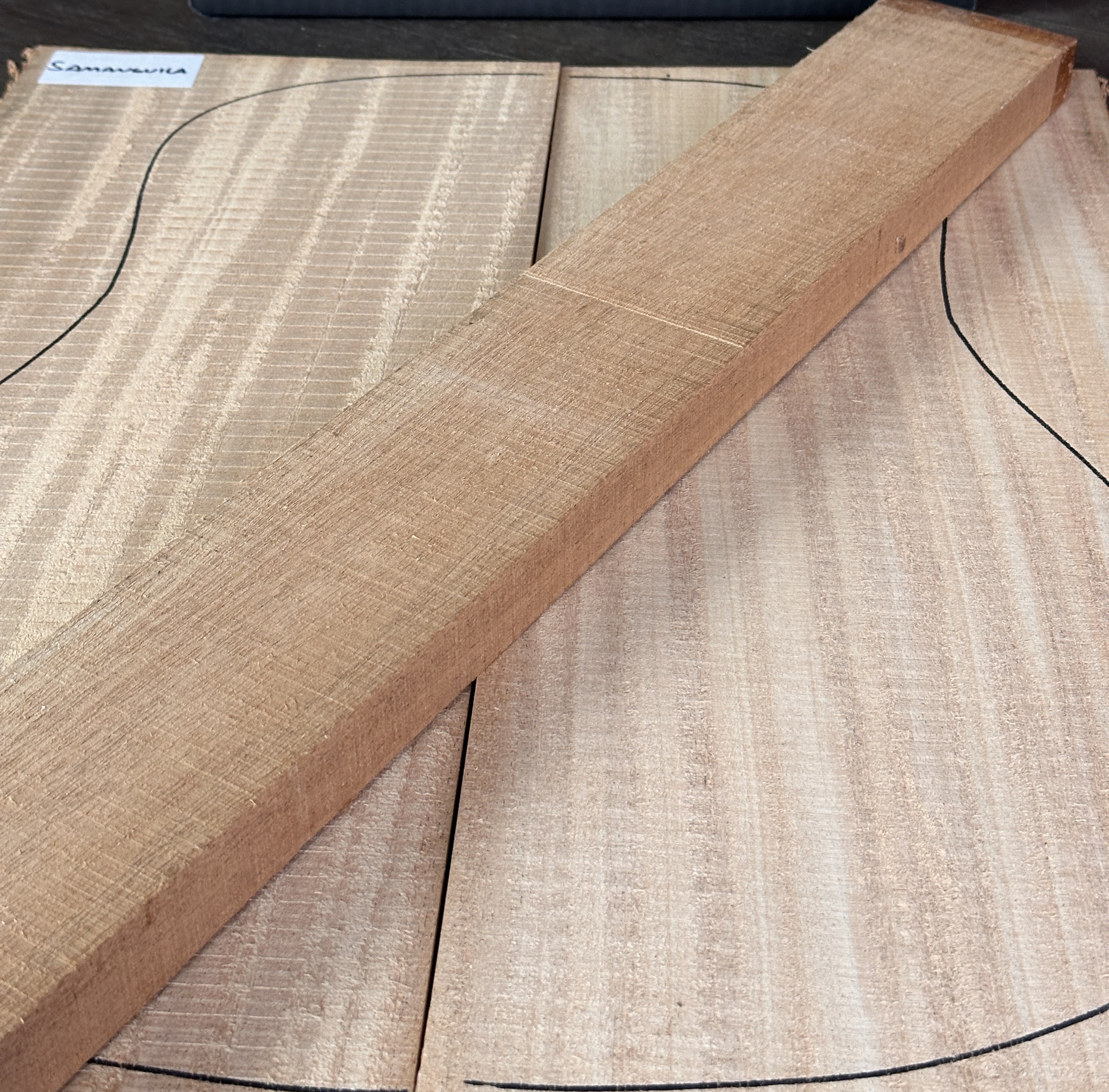
The sound of African Mahogany
Now, onto what matters most: the sound. African Mahogany has a warm, well-balanced tone and responds beautifully in the midrange frequencies. For instruments like acoustic and electric guitars, this type of resonance provides a pleasant sustain and an enriching quality that musicians often appreciate, especially those looking for a full, character-rich sound similar to Mahogany but slightly lighter and airier. In electric guitars, it delivers a robust sound without being harsh, and in acoustics, it offers warmth without sacrificing clarity—an appealing trait for bodies that require projection and depth. It can be used for the body, neck, or even as tops if you wish to experiment.
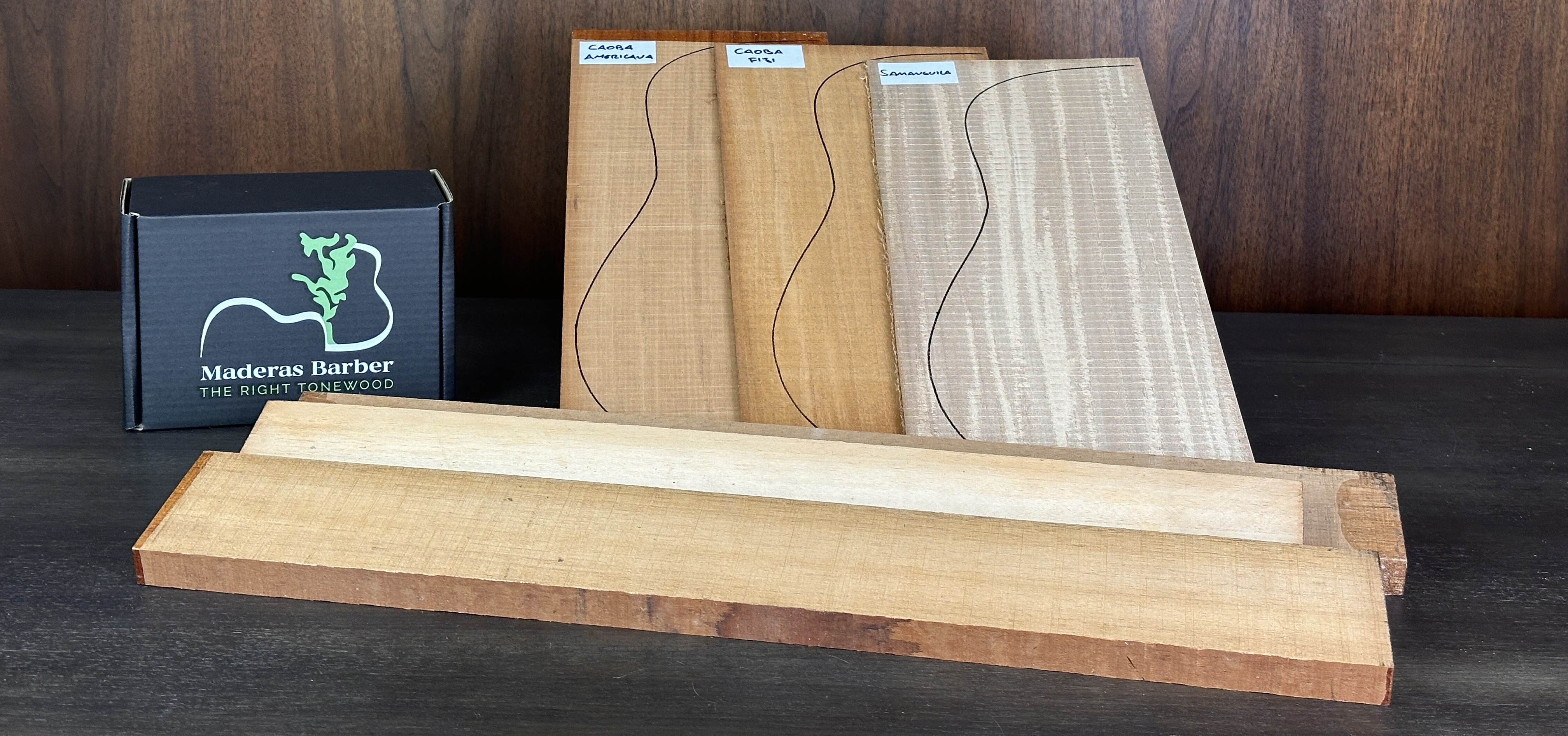
Pros and cons of working with Samanguila
One of the main benefits of Samanguila is its stability. It responds well to climate changes and doesn’t warp easily, something many luthiers value because it helps instruments maintain their condition over time and through location changes. Additionally, when varnished or waxed, its beauty is enhanced: the grain shines and takes on a deep color, making it ideal even for projects with a natural finish.
That same porosity that gives it an attractive tone sometimes makes the finishing process more laborious, as it tends to absorb a lot of material. This means you may need to apply more than one coat of sealer before achieving your desired varnish. Another consideration is gluing: its tannins can interfere, so it’s best to clean it thoroughly with denatured alcohol and use high-quality glue to avoid surprises.
The million-dollar question: does Samanguila replace Mahogany?
To answer whether Samanguila can replace Mahogany, we need to first address another question. Is Samanguila “mahogany” in the classical sense? To which we could answer yes and no. Samanguila has a look and tone that competes well, and for many musicians and manufacturers, it’s an excellent choice that honors traditional mahogany. However, at the same time, it has its own identity: it’s slightly less dense and has a softer tone that some musicians find even more appealing.
Why is it trending? A bit of context
The reality is that traditional Mahogany (the legendary one from Honduras) is becoming increasingly difficult to obtain due to its scarcity and restrictions. This is where Samanguila comes to the rescue, offering an alternative with a very good quality-to-price ratio. Both types of wood are controlled and regulated under CITES.
Ultimately, it’s not about exactly replacing classic Mahogany but finding its place in the market. In that regard, Samanguila has been earning its place on its own merits. If you’re looking for a wood that offers versatility, is easy to work with, and is also accessible, we definitely encourage you to try Khaya ivorensis for your next project.
Find the best variety of Mahogany for your guitar at Maderas Barber
Among the types of Mahogany available at Maderas Barber, an emerging alternative is Fiji Mahogany. Of the same species as the American one, the Fiji does not require CITES as it comes from plantations.

